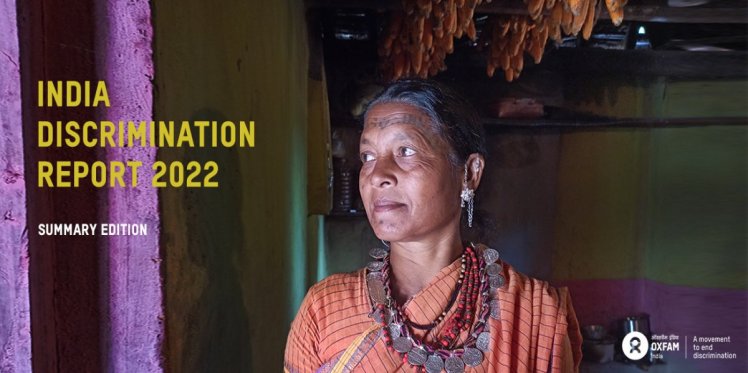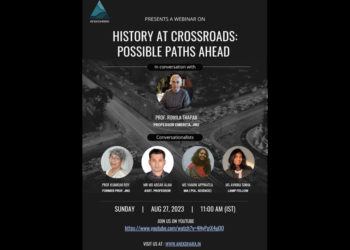
The Oxfam India Discrimination Report, in its 2022 edition, gives a detailed picture of the extent of identity-based discrimination in India by highlighting the gaps in access to employment, and in wages, credit, and health facilities. The report conducts this analysis across different castes, tribal and religious identities, and gender. The analysis further covers different types of jobs, that is, regular, casual, and self-employment.
Three alternate empirical approaches, or the ‘decomposition method’, have been used to study inequality and discrimination. These approaches include the non-parametric measures that are employed to disaggregate standard measures of inequality, and parametric measures that are used to directly identify the components, attributable to the different socio-religious factors of discrimination.
Explanation through endowments is the third approach of the decomposition method that refers to attributes of physical assets, education, skills, experience and other qualifications of the individuals.
Gender-based discrimination
Discrimination on the basis of gender is ‘almost total’ in the country, the report alarmingly points out. It highlights that patriarchy makes a large segment of women, with the same or even higher qualifications as compared to men, stay outside employment. This has shown no improvement over time, the report noted.
According to the report, gender discrimination in India is ‘structural’, resulting in huge disparities between the earnings of men and women under normal circumstances. The report goes on to point out that in both rural and urban areas, the earning gaps range between 50 to 70 per cent for casual workers, and 20 to 60 per cent for regular workers.
“Gender-based discrimination is the reason for 98% of the employment gap between salaried males and females in urban areas”, the report finds. In 2019-20, 95 per cent of the gap in earnings between men and women engaged in casual work was on account of discrimination.
Religion and caste-based discrimination
The report mentions the low and declining, albeit existing, discrimination against Muslims in access to employment. However, it emphasizes that one of the factors for low level of discrimination against Muslims is due to their lack of participation in the workforce. Their low level of earnings corresponds to the low levels of their endowments in terms of educational degrees and formal years of schooling, among other reasons.
“In 2019-20, 68% of difference between Muslim and Non-Muslim engaged as salaried workers in urban areas was due to discrimination”, the report stated. “As per the [Periodic Labour Force Survey] 2019-20, the average earning of non-Muslims in urban areas in [regular employment] is INR 20,346 which is significantly higher than that of Muslims, which is INR 13,672”, the report highlighted.
Regarding caste-based discrimination, particularly against Scheduled Castes (‘SC’) and Scheduled Tribes (‘ST’), the report states, “[Periodic Labour Force Survey] data for the year 2019-20 shows that the mean income for SC/ST persons is INR 15,312 against INR 20,346 for persons belonging to general category”.
In case of self-employment, the average earning of non-SC/ST workers is Rs. 15, 878, and for SC/ST it is Rs. 10, 533.
In its findings, the report noted that the subsistence of the gap in earning and employment indicates an increase in identity-based discrimination against the SC/ST population and women, since the educational endowment of the communities had improved over time.




